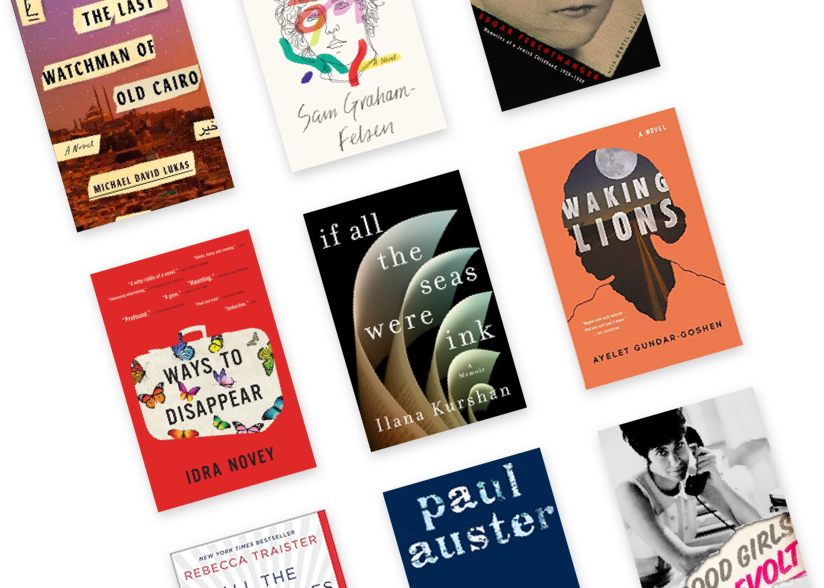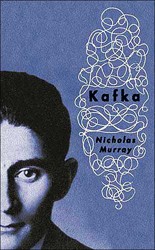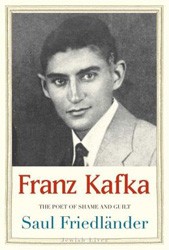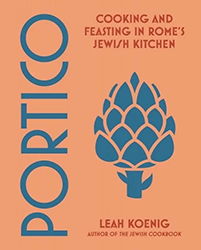“Everything is important!” shouted Joseph Chasanowich (1844−1919) at a young historian. “Everything!” Chasanowich, a Polish physician, bibliophile, and Zionist, made it his mission to collect all and any books and other material from Europe and forward them to Jerusalem toward his goal of establishing a Jewish national library.
Despite the wealth of Jewish culture and writings over the centuries, there was never a library of Jewish holdings. Most material rested in private collections and study houses, offeringing little access to the public. Early attempts to start a public library in Jerusalem never got off the ground, but in 1892, the Midrash Abarbanel Library opened, and it was here that Chasanowich sent his trove, some 22,000 volumes.
Over its history, the library has had several homes. But even in the face of disruptions and relocations, the library continued to collect. In the 1930s, refugees from Europe brought archival material, and after the war, a committee went to Europe to assess the more than two million looted books that the U.S. Army collected. The library also salvaged books and other material left behind in 1948 when Palestinians fled. Today the library’s four divisions represent its scope — Judaica, Israel, Islam and the Middle East, and general humanities.
The history of the library is a story of determination and dedication. 101 Treasures from the National Library of Israel marks the culmination of that history and its ongoing mission in the establishment of the library’s new home in the National Quarter of Jerusalem. This lavish oversized volume takes readers on a journey through the library’s riches.
Each photograph opens a new door. Here, in her own handwriting, are pages from Hannah Szenes’s diary and her last note to her mother; a collection of Israeli Rosh Hashanah cards spanning 1902 to 1960; a sixteenth-century Ethiopian prayer book dedicated to the Virgin Mary, with a charming painting of Mary and Jesus; a fourteenth-century illuminated manuscript from Maimonides’ Mishneh Torah as well as pages from his Commentary on the Mishnah in his own hand; hastily drawn sketches from the Six-Day War; Theodor Herzl’s postcards to his daughter from Jerusalem. It is almost impossible to stop turning the pages from one compelling artifact to the next. The variety and breadth of subjects are both dazzling and informative, telling much about the goals of the library.
The quality of this volume is notable, the exceptional photographs printed on superior paper. Each is accompanied by a brief description written by a scholar on the subject. An interesting note is the provenance of the items, speaking to the extraordinary scope of the museum. An outstanding tribute to Chasanowich and the other early collectors whose vision has been realized.
Maron L. Waxman, retired editorial director, special projects, at the American Museum of Natural History, was also an editorial director at HarperCollins and Book-of-the-Month Club.





